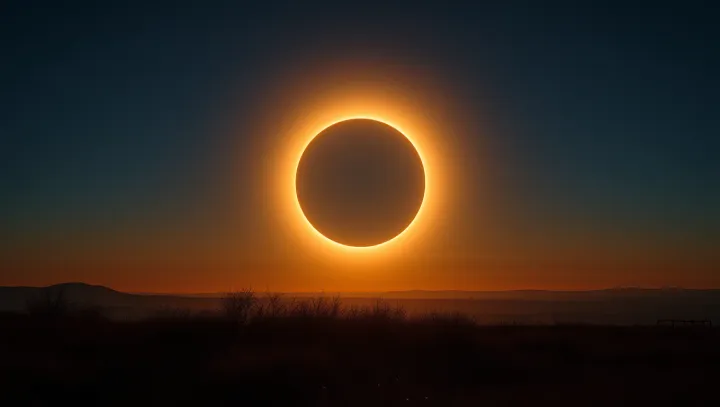Stunning Annular Eclipse Captivates Observers

Across various corners of the globe, from the coasts of the Pacific to remote parts of Africa, the sky was adorned by a spectacular annular eclipse. This phenomenon, popularly known as the 'ring of fire', mesmerized countless enthusiasts and amateur astronomers who gathered to witness this rare event. The annular eclipse occurs when the moon covers the sun's center, leaving its outer edges visible, thus creating the appearance of a luminous ring.
This celestial occurrence is not just visually stunning but also critical for scientific study, as it offers insights into the dynamics between our planet's most significant celestial bodies. Dr. Alistair Hayes, an astrophysicist at the London Institute of Astronomy, noted the eclipse's ability to generate public interest in space science.
'Events like these are crucial; they spark curiosity and a sense of wonder about the universe that can fuel scientific inquiry and education,' said Dr. Hayes. The annular eclipse not only captivates onlookers but also serves as a reminder of our interconnectedness with the cosmos.
It challenges observers to ponder on the vastness of space and the precise choreography of celestial cycles. For many, the event was a powerful invitation to look beyond earthly concerns and consider the larger universe.
